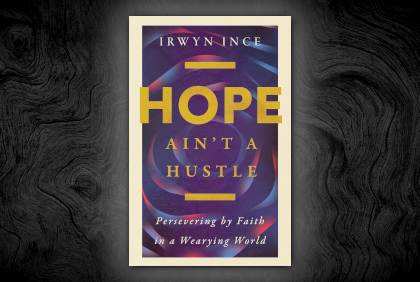The Resurrection Body of Christ the Lord, Part 10
Image

Read the series.
Our Lord gave special significance to the last meal He shared with His disciples. He said, “I will not any more eat thereof, until it be fulfilled in the kingdom of God” (Luke 22:16 KJV). During that meal, “he took the cup, and gave thanks, and said, Take this, and divide it among yourselves: for I say unto you, I will not drink of the fruit of the vine, until the kingdom of God shall come” (vv. 17-18).
Yet again, He assured them: “And I appoint unto you a kingdom … That ye may eat and drink at my table in my kingdom” (vv. 29-30). All of this was said and done to direct the hearts of the apostles to the inaugural feast of the Kingdom on the earth, where He, their glorified Lord, would be seen again, not as a disembodied spirit or in a vision, but as a fully glorified human being with a resurrection body, able to participate in a literal banquet of food and drink.
During the forty days following His resurrection, He demonstrated His ability to function as a human being by eating “a piece of a broiled fish, and of an honeycomb” in the upper room (24:42; cf. v. 43), and serving a breakfast of bread and fish by the Sea of Galilee (John 21:9-15). Thus, the apostles, representing regenerate Israel at this point, were fully informed of the great banquet their Lord would prepare for them at the dawn of the millennium.
When the church was created, ten days after Christ’s ascension, the apostles perpetuated this symbolic meal, as we have seen in Acts 2. Sadly, and almost predictably, as the years went by the love feast would be abused and desecrated, especially in the church at Corinth. Paul corrected the abuses, but did not recommend that this precious symbolic meal should be abandoned.
Just before the end of the first century, the Lord Jesus revealed to the apostle John another aspect of this future banquet, namely, the Marriage Supper of the Lamb in heaven (see Rev. 19:6-9). This, as we have seen, will be the first of two distinct parts: the celebration meal in heaven (for the church, the Bride of Christ), followed soon after by the great banquet for believing Israel, believing Gentiles and the church, on the earth.
Just as God knew that we needed the powerful visual aids (i.e., teaching symbols) of the bread and the cup (for substitutionary atonement, i.e., justification) and the washing of feet (for daily cleansing, i.e., sanctification), so also He knew that we needed a teaching symbol for our ultimate glorification, which will climax at the Marriage Supper of the Lamb, when the Bride of Christ (all born-again Christians) will have “made herself ready” and will be “arrayed in fine linen, clean and white” (Rev. 19:7-8). It is then that we will celebrate our permanent union with Him, our resurrected and glorified Savior and Bridegroom.
This, we believe, was “the Lord’s Supper,” which was desecrated by the Corinthian believers (1 Cor. 11:17-22, 33-34).
If the practice of the Love Feast was to be optional, why didn’t Paul just suggest ceasing the practice in light of the current abuses? When the evidence in Corinth is added to the evidence from Jerusalem (Acts 2:42-46 with the apostles present) as well as the evidence from Troas (20:7-11 with Paul present) as well as the evidence from Jude 12, as well as the evidence from 300 years of church history in Africa, Asia Minor and Europe, the question which follows is worth consideration: If this was purely cultural, then why does it appear that the apostles spread the practice and gave it their authority?
(Conclusion of the Report of the Two-Year Study Committee of the Fellowship of Grace Brethren Churches, 1982. Quoted in David R. Plaster, Ordinances: What Are They? Winona Lake: BMH Books, 1985, p. 137).
John Whitcomb 2020
Dr. John C. Whitcomb (1924-2020) founded Whitcomb Ministries, Inc. He served as professor of Old Testament and theology for 60 years and is widely recognized as a leading biblical scholar. The book he coauthored with the late Dr. Henry Morris in 1961, The Genesis Flood, has been credited as one of the major catalysts for the modern biblical creationism movement. Dr. Whitcomb’s broadcasts, sermons, lectures and writings are available at SermonAudio.
- 43 views

Discussion